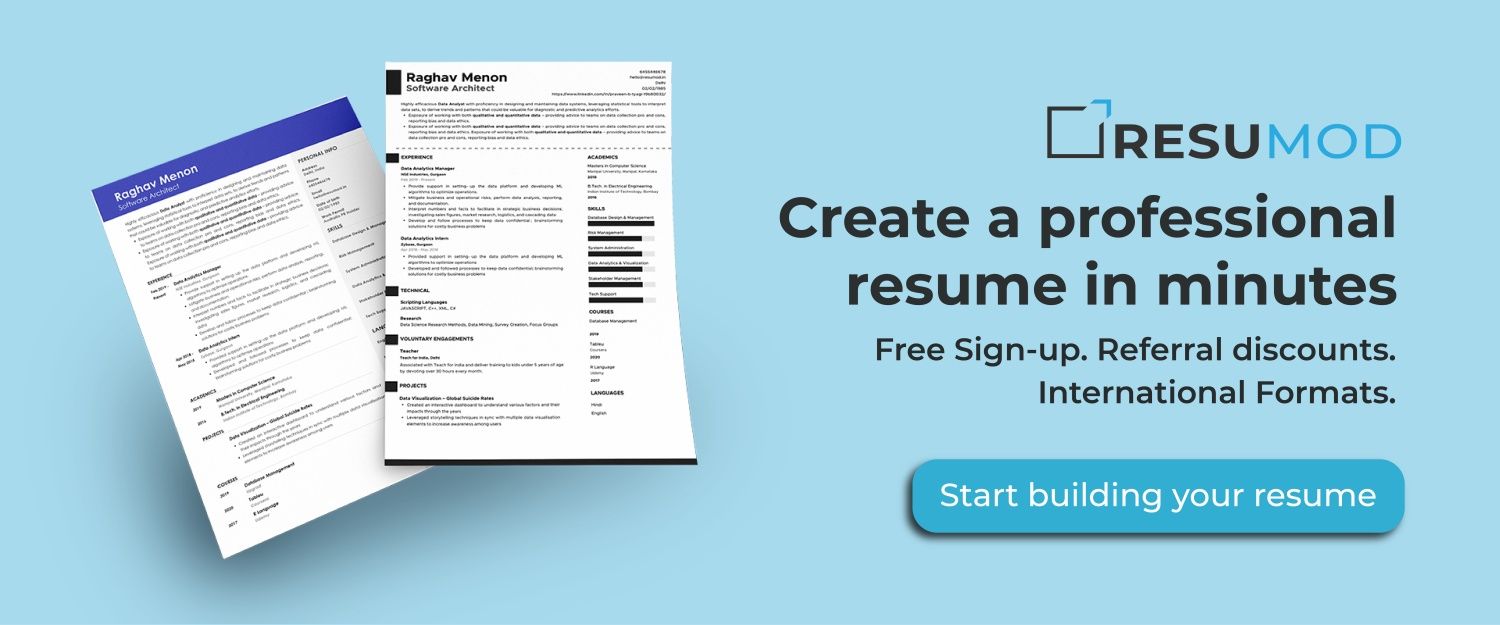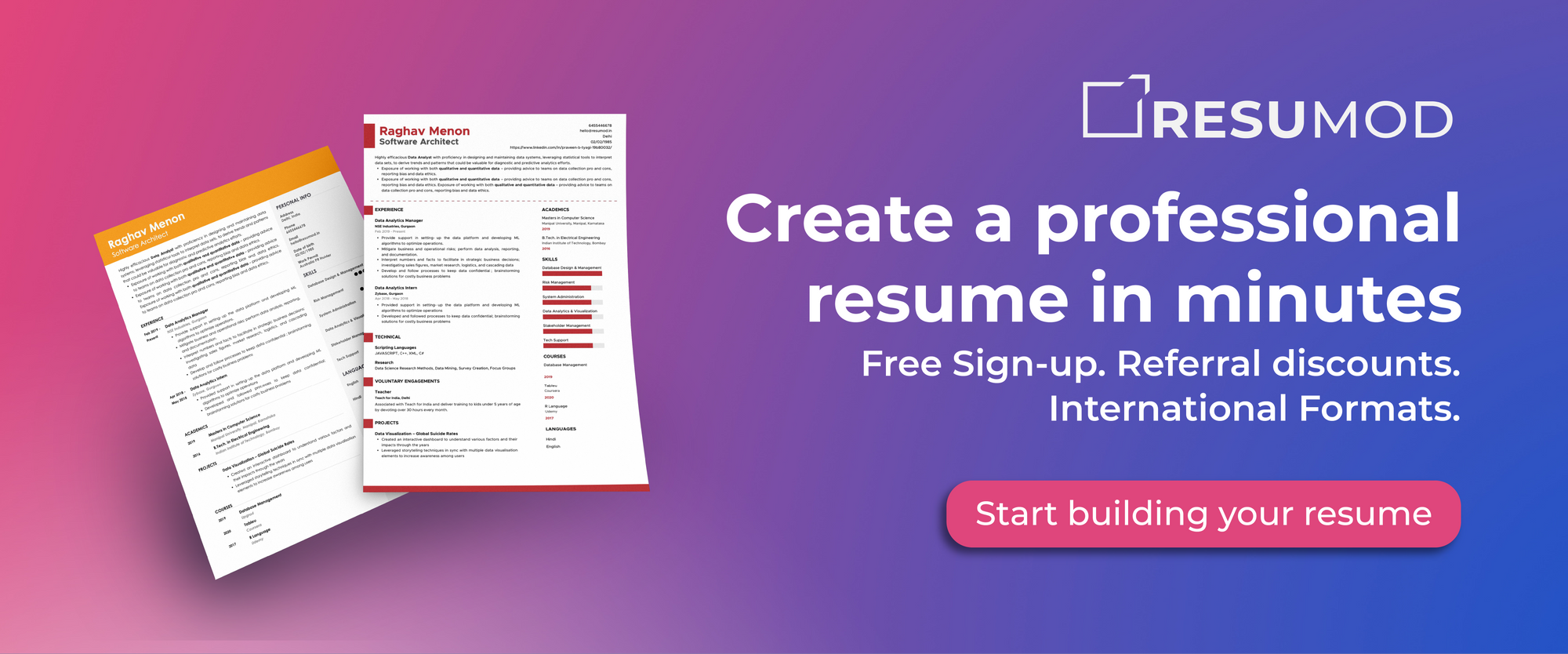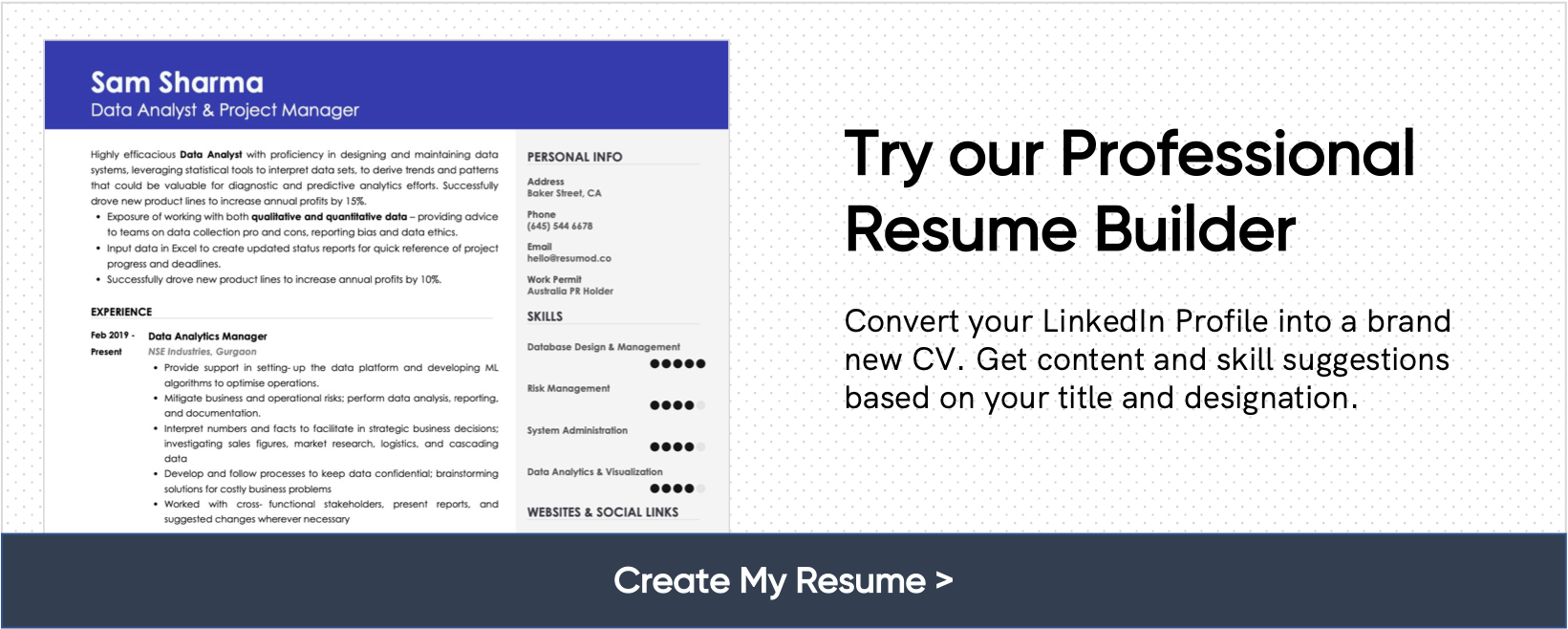82% of Hiring Managers Can’t Tell When a Cover Letter Is Written by AI - Here’s What That Means
In a world where job markets are shifting, applications are automated, and recruiters spend an average of 7 seconds scanning a resume - these stat changes everything.
The numbers are in: 82% of hiring managers cannot distinguish an AI-written cover letter from one crafted by a human.
Let that sink in.
In a world where job markets are shifting, applications are automated, and recruiters spend an average of 7 seconds scanning a resume - these stat changes everything.
But before you rush to paste a ChatGPT generated cover letter into your next application, pause.
Because while AI might sound like you on paper, it does not think like you.
This blog unpacks what this stat means for mid to senior-level professionals like you and how to use it strategically to stand out in a hiring environment that is changing fast.
Let’s Talk About the Modern Cover Letter
Gone are the days when a cover letter was a formal, three-paragraph essay that started with “To whom it may concern.”
Today, the cover letter is:
- A personal positioning statement
- A bridge between your resume and your career story
- Often the first thing read before the resume - especially for senior-level roles
It gives context. It highlights why you are the right fit. It builds a narrative that a resume simply cannot.
But here is the catch: most candidates either skip it entirely or submit one that sounds generic, outdated, or AI-flavoured.
Read Here: https://resumod.co/blog/crafting-the-perfect-cover-letter-tips-and-strategies-for-success/
Can AI Write a Great Cover Letter?
Yes and no.
AI tools like ChatGPT, Claude, and others can generate grammatically correct, well-structured cover letters in seconds. They are helpful for:
- Drafting outlines
- Saving time
- Avoiding writer’s block
But AI lacks one critical element: strategy.
It does not know:
- What to highlight based on the job level
- How to align your achievements with a company’s current goals
- What not to say if you are changing careers, returning to work, or navigating a career gap
That is why most AI cover letters are readable but rarely remarkable.
They do not make a recruiter pause and think, ‘This candidate gets us.’
Read Here: https://resumod.co/blog/10-ai-driven-job-search-trends-to-watch-in-2025/
Why It Matter More for Senior Professionals?
If you have spent 10+ years building your expertise, your cover letter should not sound like a template.
It should reflect:
- Executive presence
- Strategic thinking
- Unique leadership stories
- Domain expertise and industry awareness
Recruiters hiring for mid to senior roles are not just looking for skills. They want someone who understands impact, alignment, and culture fit.
If your cover letter reads like everyone else’s - especially if it feels AI-written - it can dilute your credibility rather than build it.
The Hidden Risk of AI Cover Letters
Let us break it down:
If 82% of hiring managers cannot tell a cover letter is AI-generated, that means 18% can. And what happens when a reader realizes it is AI?
They begin to doubt:
- Whether the resume was written by the candidate
- Whether the accomplishments are authentic
- Whether the candidate is putting in effort - or outsourcing everything
Worse, for leadership or strategic roles, it might reflect poorly on your communication skills. In these roles, writing with clarity, persuasion, and intent is part of the job.
So yes - AI can be your co-writer. But it should not be your spokesperson.
How to Use AI Smartly - Not Blindly
Here is a framework to get the best of both worlds:
Start with AI – End with You
Use AI to generate a rough draft or framework. Then infuse it with:
- Your voice
- Specifics about the company or industry
- Highlights that matter for that exact role
Write for Impact, Not Just Structure
Instead of starting with ‘I am writing to express my interest’ - cut to the chase:
- ‘Over the last decade, I have led global teams across 3 continents and I am excited by the opportunity to bring that experience to [Company Name]’s next phase of growth.’
Lead with impact, not introductions.
Use the Cover Letter to Fill the Resume Gaps
Your resume shows what you did.
Your cover letter should explain why it mattered, how you did it, and what you’re bringing next.
For example:
‘While leading the India business unit, we grew YoY revenue by 38% - but what excites me more is the transformation in employee engagement and retention that drove that result.’
That is how you connect dots AI cannot.
What Recruiters Are Really Looking for Now?
AI or not, here’s what makes a cover letter stand out today:
- Tailored relevance to the company’s current challenges or goals
- Clear alignment with the job description without repeating your resume
- Strategic language that reflects leadership, adaptability, and growth mindset
- Evidence of effort even a well-researched sentence about the company can differentiate you
Remember: hiring managers are not scanning for perfection. They are scanning for intent and alignment.
What This Means for the Future of Hiring?
As AI-generated applications increase, the real differentiator would not be the format – it will be the thinking behind it.
Recruiters are starting to prioritize:
- Original thought over polished text
- Relevance over length
- Story over structure
And as algorithms get smarter, the humans reviewing your applications will want to see a human behind the words.
Your ability to write with clarity, strategy, and personal insight is what will set you apart.
Final Thoughts: Your Cover Letter Is Still a Strategic Tool
Do not underestimate it. In 2025, your cover letter is not dead.
It is your first handshake, your narrative bridge, and your competitive edge - especially in mid-to-senior roles where strategy, communication, and executive alignment matter.
So yes - AI is here to help. But the thinking? The positioning? The context?
That is still your job.



